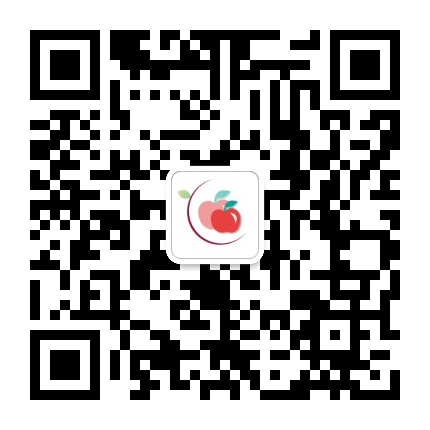iOS Signatures – Ensuring Smooth Running of Apple Devices
iOS signatures, also known as iOS provisioning profiles, are a necessary component for any Apple device to function smoothly. These signatures act as keys that grant permission for apps to run on the device. Without appropriate signatures, users will encounter errors and glitches that make using their devices a frustrating experience.
The Importance of iOS Signatures
iOS signatures are crucial for ensuring that apps function properly. These signatures contain information about the app, such as its bundle identifier, version number, and certificates issued by Apple. When a user downloads an app from the App Store, the signature is automatically installed on their device. When an app is launched, iOS checks that app’s signature to ensure that it matches the bundle identifier and certificate on file, and then allows it to run.
Similarly, enterprise signatures are used to install apps outside of the App Store. These signatures allow organizations to distribute proprietary apps to employees without having to go through the App Store approval process. These signatures are issued by Apple, ensuring that the apps are safe and secure to use.
Common Signing Errors
Despite the importance of iOS signatures, errors can sometimes occur. One common issue is the infamous “Unable to Download App” error. This error occurs when the signature of an app has become invalid or has expired. In such cases, users are unable to download or update the app from the App Store.
Another common error is the “Invalid Signature” error, which indicates that there is a problem with the app’s signature. This error can occur when there is an issue with the certificate or provisioning profile used to sign the app, or if the bundle identifier and certificate no longer match.

Ensuring Proper iOS Signatures
To avoid these errors and ensure proper function of Apple devices and their apps, it is important to understand the different types of signatures and how to properly manage them.
The two main types of signatures are developer signatures and distribution signatures. Developer signatures are used for testing apps on Apple devices during development, while distribution signatures are used for publishing apps to the App Store or distributing them through enterprise channels.
It is also important to regularly update signatures, as they can expire every few months. This can be easily managed through Xcode, Apple’s development tool, or through third-party mobile device management (MDM) tools.
Conclusion
In conclusion, iOS signatures are a critical component for ensuring that Apple devices and their apps function smoothly. Proper management of signatures, including regular updates and attention to common signing errors, can make a significant difference in the user experience of Apple devices. Whether it’s iOS signing for personal use or for enterprise deployment, understanding the importance of proper signatures is key to a successful experience on iOS devices.



